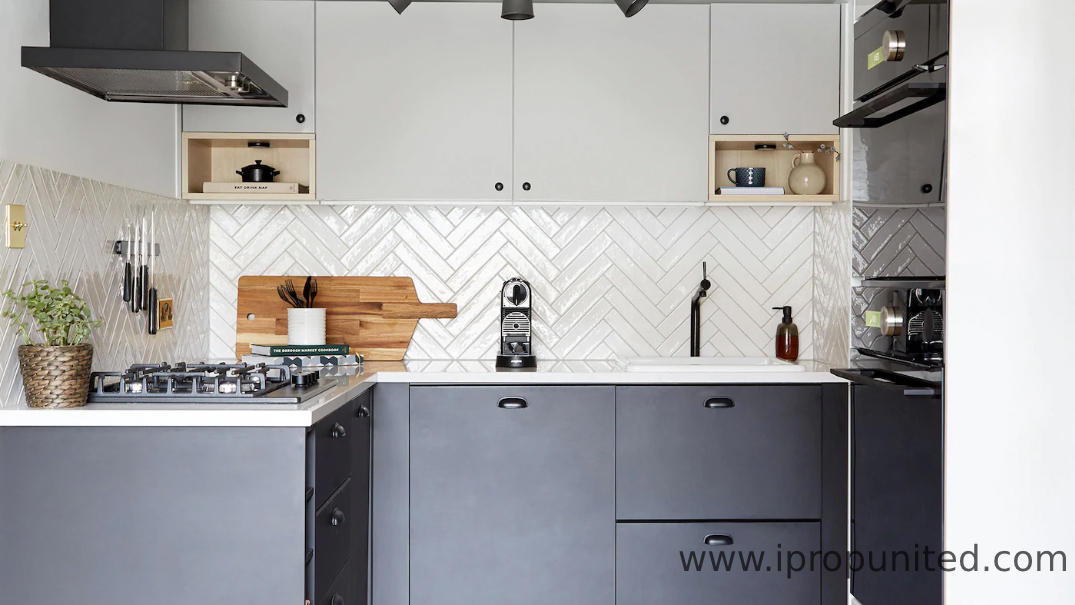In all Indian homes, the kitchen is an area that needs just not functionality but is also known for its design and burnish too. Using beautiful and quality tiles in the kitchen area has become very popular in the past few years due to the simple maintenance it provides and the massive options accessible in the market, in terms of choosing a good design tile.

There’s an ample option of tiles desirable for kitchen walls and floors. Man-Made tiles are the most cost-conscious alternative and the simplest to clean and look after. Several layouts and complexions, either modest or patterned and a span of finishes mean you can develop a choice you adore. Natural stone is a higher-cost option but has refinement and originality. Stone tiles have stringent care conditions than man-made types but interpret the requirements and you can protect stone tiles from looking bad.
Here are some of the extensively popular kitchen tile structures and designs you should know about:
Types of kitchen tiles
There are three main types of kitchen design tiles:
Ceramic Tiles
Also recognized as non-porcelain, these kinds of tiles are prepared of clay. Ceramic tiles are varnished, to build a hard-looking texture. As it is sluggish, it is manageable to install. Due to its glazed quality, the surface prevents water splashes and falls. Though, these kitchen design tiles are accountable for damages.
Porcelain tiles
Porcelain tiles are carved with a combination of sand and clay. These tiles are generally stronger and heavier than ceramic tiles, as they are designed under fierce heat and pressure circumstances. These are also less permeable and can resist harsh climatic conditions, comprising severe humidity and warmth and high traffic areas such as kitchens. These tiles designed for the kitchen are also water-resistant but need great proficiency during installation because of their hardness.
Stone tiles
These tiles are Prepared with natural stones such as granite and marble, these are the most costly selections for your kitchen design tiles. These are exceptionally absorbent and have to be locked very strongly, to stave off them from tuckering out. It mandates closing off every two to three years. Also, such textures require smoothing which makes them soapy when wet.








